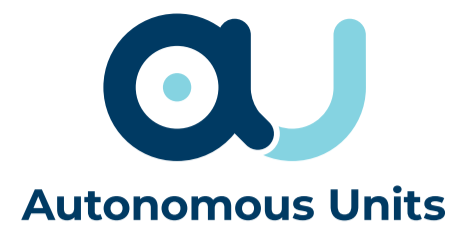
Copenhagen Airport (CPH)
Enhanced Business Case for Gallery Robots: Transforming Airport Passenger Engagement and Monetization at Copenhagen Airport
Jonathan Vincentz, Senior Business Developer at Copenhagen Airport, shares:
“Autonomous Units and their Gallery robot have lifted the customer perception of our entertainment level at Copenhagen Airport. This is obtained with a tool that constantly draws smiles, features in vacation pictures for SoMe, and generates positive attention, regardless of content. A tool that can perform operational duties when our terminals are calm and commercial/entertainment duties when crowded, which can address all ages, genders, and types of personas in writing or speech, change content based on location or time, can work 18-hour shifts 7 days a week, that has no sick days, and does not require any construction or square meters. At Copenhagen Airport, we simply do not possess anything else with this wide range of adaptability and flexibility, and we are unable to match the cost per interaction, interaction time, and flexibility in delivery of content with any other tool.
After testing for 9 months in 6 different locations, Copenhagen Airport has entered into a strategic partnership with Autonomous Units, a company spearheading innovation in the European autonomous robot industry, to secure access to resources we do not possess in-house. Autonomous Units open new possibilities for us, not just with a tool, but with actual impact and solutions to improve KPIs, commercial performance, cost reduction, and service level improvements.”

Rosengårdcentret
“The perspectives are huge. You can connect many things – this is only the beginning, and we can think far beyond that.”
“The robot creates new competetive advantages – how can we improve, create better experiences for both the customers and the renters.”
“Our partnership with Autonomous Units have been proactive form the very start. We have needs and strategies we want to be fulfilled and they have gone that extra mile from day one. “
– Casper Andersen, Center Manager



